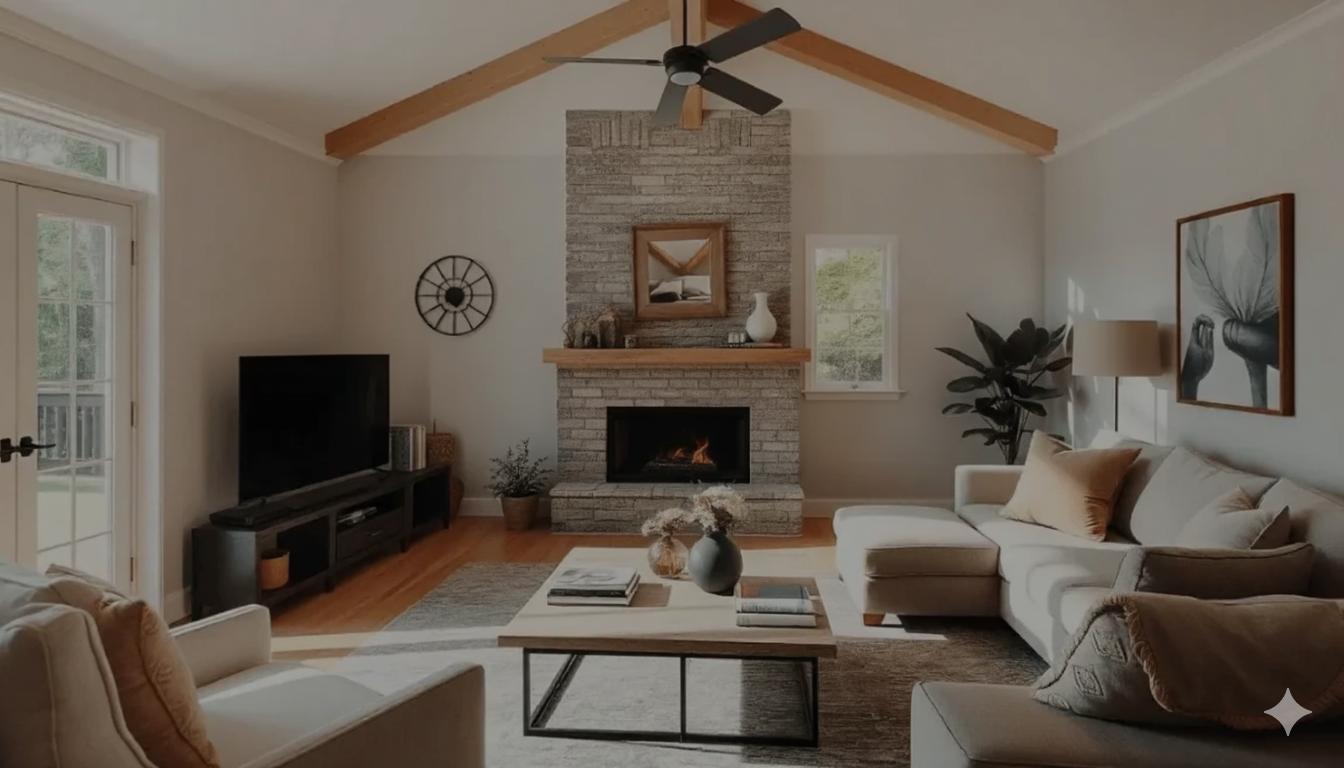Performing a home energy audit is one of the smartest ways to improve comfort, reduce energy bills, and make a home more energy-efficient. For HVAC contractors and energy professionals, delivering a precise audit builds trust, strengthens credibility, and ensures homeowners see real savings.
With modern digital tools like a Home Energy Auditor and HVAC Home Auditor, audits have become faster, more accurate, and easier to document.
In this guide, we’ll walk you through every step of performing a thorough home energy audit that delivers actionable insights.
Step 1: Gather Essential Home Information
Every energy audit begins with collecting key details about the home, including square footage and layout, the number of rooms and floors, the home’s age and construction type, and all existing HVAC systems and major appliances. These baseline details play a crucial role in determining how the home uses and loses energy on a daily basis. Older homes, for example, may have outdated insulation or aging HVAC equipment, while larger multi-level homes may have uneven temperature zones that require special attention.
Entering accurate data into a Home Energy Auditor ensures the analysis reflects the home’s true energy behavior rather than relying on assumptions. The more precise the information gathered at this stage, the more reliable the audit becomes. Proper data collection sets the foundation for accurate load calculations, meaningful diagnostic results, and trustworthy recommendations that homeowners can confidently act on.
Step 2: Inspect the Building Envelope
The building envelope—walls, doors, windows, attic, and basement—is crucial for retaining energy. During this step, check for air leaks around windows and doors, insulation gaps in walls, ceilings, and attics, cracks in foundations or exterior walls, and ventilation issues in attics or crawlspaces. Even small leaks can lead to substantial energy loss and force the HVAC system to work harder, increasing utility costs. Using audit software allows contractors to record findings with photos and notes, creating a clear, professional record for homeowners. This detailed documentation helps clients understand exactly where energy inefficiencies exist and why specific improvements are necessary for better comfort and long-term savings.
Step 3: Evaluate the HVAC System
The HVAC system often consumes the most energy in a home. A thorough evaluation should include:
- Age, efficiency, and condition of heating and cooling units
- Ductwork inspection for leaks or inefficiencies
- Thermostat performance and settings
Using a specialized HVAC Home Auditor ensures precise load calculations. Correctly sizing the system prevents energy waste, enhances comfort, and extends equipment lifespan. Contractors leveraging EDS tools can analyze system performance quickly and provide data-backed recommendations to homeowners.
Step 4: Analyze Appliances and Energy Usage
Appliances, lighting, and electronics contribute significantly to energy consumption. During the audit:
- Identify high-energy appliances like water heaters and refrigerators
- Evaluate lighting, switching from incandescent to LED bulbs if needed
- Assess electronics and standby power draw
A home energy auditor can track usage patterns and highlight areas for efficiency upgrades, helping homeowners reduce energy costs immediately.
Step 5: Conduct Diagnostic Testing
For maximum accuracy, diagnostic tests are essential:
Blower Door Test
This depressurizes the home to detect leaks in the building envelope. It helps contractors quantify energy loss and prioritize improvements.
Duct Leakage Test
Leaky ducts can waste up to 30% of conditioned air. Testing ensures ducts are sealed properly and working efficiently.
Combining these tests with a digital HVAC home auditor guarantees precise results, giving homeowners confidence in the audit findings.
Step 6: Generate a Professional Energy Audit Report
Once all data is collected, compile the findings into a professional report that includes:
- Energy inefficiencies identified
- HVAC system evaluation
- Insulation and air sealing needs
- Appliance and lighting recommendations
- Estimated energy savings
Using a Home Energy Auditor software streamlines this process, producing visually appealing, easy-to-understand reports that homeowners value.
Step 7: Provide Actionable Recommendations
The final step is delivering clear, actionable recommendations to homeowners. Typical suggestions may include:
- Upgrading insulation or sealing air leaks
- Installing energy-efficient HVAC systems
- Switching to LED lighting and ENERGY STAR-rated appliances
- Adjusting thermostat settings for optimal performance
- Improving ventilation for better indoor air quality
A report generated with HVAC tools allows contractors to show expected savings, making recommendations easier to understand and act upon.
Conclusion
A thorough home energy audit is more than a service—it’s a pathway to greater comfort, lower energy bills, and a more sustainable home. Digital solutions like a Home Energy Auditor and HVAC Home Auditor make the process faster, more precise, and easier to present to homeowners.
By leveraging EDS software, HVAC contractors can streamline every step of the audit process—from accurate load calculations to professional reporting—ensuring reliable, data-driven results for every client. Accurate audits not only help homeowners save money but also position contractors as trusted energy efficiency experts in their market.
Take your energy audits to the next level with EDS and provide homeowners with the clarity, efficiency, and comfort they deserve. With advanced insights, seamless reporting tools, and unmatched accuracy, EDS empowers contractors to deliver better outcomes, improve customer satisfaction, and stand out in a highly competitive HVAC industry.



